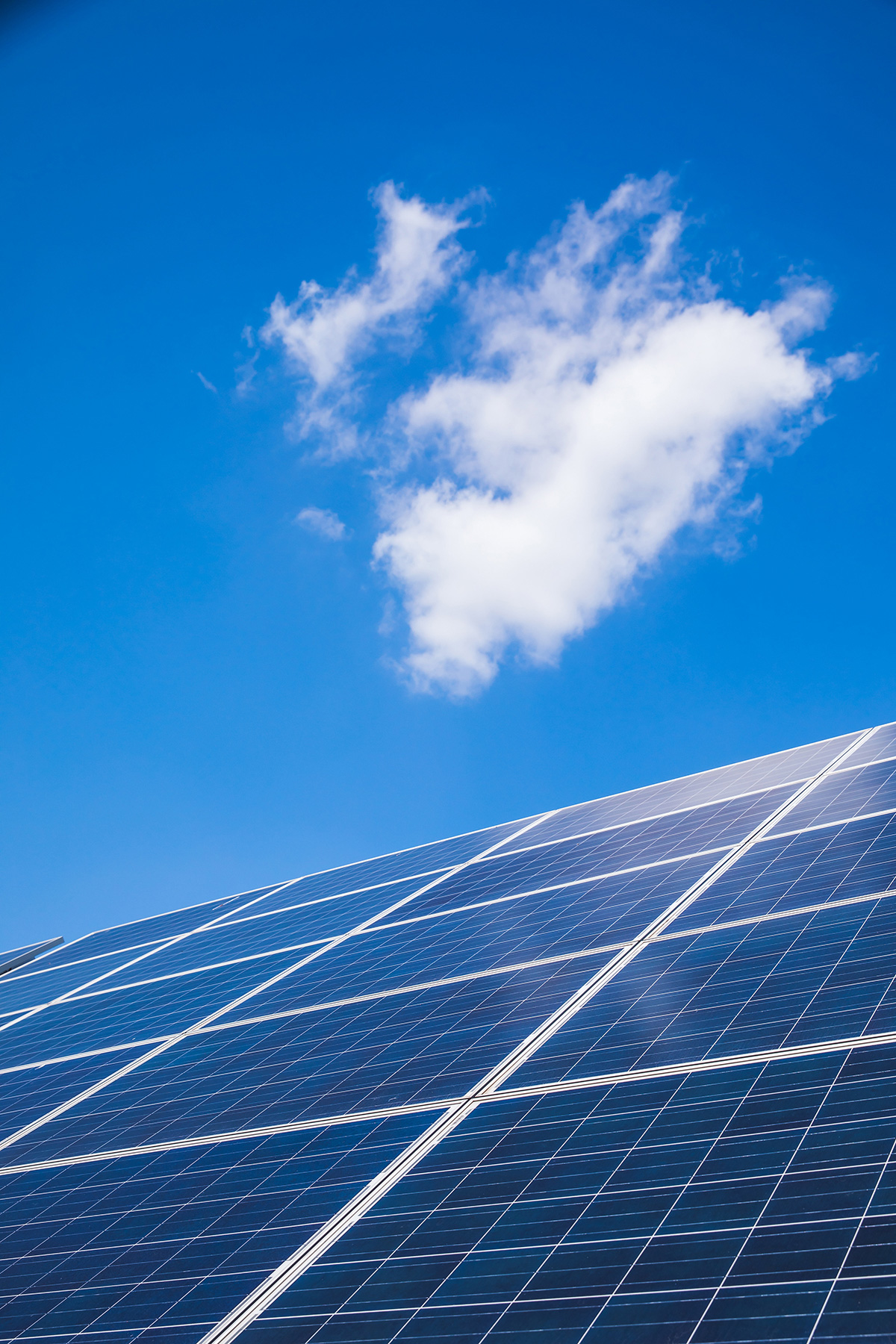Industrial Solutions
ICL’s industrial chemical know-how and our access to mineral resources serve industries beyond the agricultural sector. Many of our specialty products were developed and are in use by a range of other manufacturing and infrastructure sectors, including pharmaceuticals, food and beverages, home furniture and appliances and even electric power utilities. \


Transitioning to Sustainable Flame Retardants
ICL Industrial Products is making a significant shift in the marketplace from flame retardants used in years past to more sustainable options sought by today’s consumers. Three examples of these new generation products are FR- 1025, FR-122P and TexFRon®4002. These products, with a polymeric backbone, provide superior flame retardant benefits without potential environmental side effects like bioaccumulation. Read more…
Flame Retardants
Merquel®
The UNEP Global Mercury Partnership is an entity dedicated to protecting human health and the environment from the impacts of mercury and reducing its release on a global basis. It is carrying on the international negotiations for establishing a legally-binding agreement regarding mercury emissions.
Coal burning power plants are today’s largest source of mercury pollution in the environment. The Merquel® product line, launched by ICL Industrial Products at the end of 2008, is based on inorganic bromides, which enable efficient neutralization of mercury – a 90% reduction in mercury emissions.
Environmental Remediation
ICL phosphates and phosphoric acid play a significant role in the restoration of environmental sites contaminated with heavy metals. This results from their ability to form insoluble complexes with the metal ions typically found in contaminated soils. Heavy metal contaminants that can be immobilized this way include lead, strontium, zinc, cadmium, iron, chromium and selenium. The use of this technology has been successfully demonstrated in various Superfund sites as well as in various industry sites, including those of the metal mining, waste, ammunition, scrap metal, paint, and batteries industry. Read more…
Water Treatment
Phosphates from ICL Advanced Additives LP are used in reducing soluble lead and copper in tap water. The leaching of lead and copper from piping and plumbing fixture can be greatly reduced by the use of orthophosphates. The phosphates react with the lead and copper and hardness ions (calcium and/or magnesium) to form an insoluble coating on the internal surface of the distribution system. Once this coating is formed, observed lead and copper levels in the drinking water drop rapidly.



